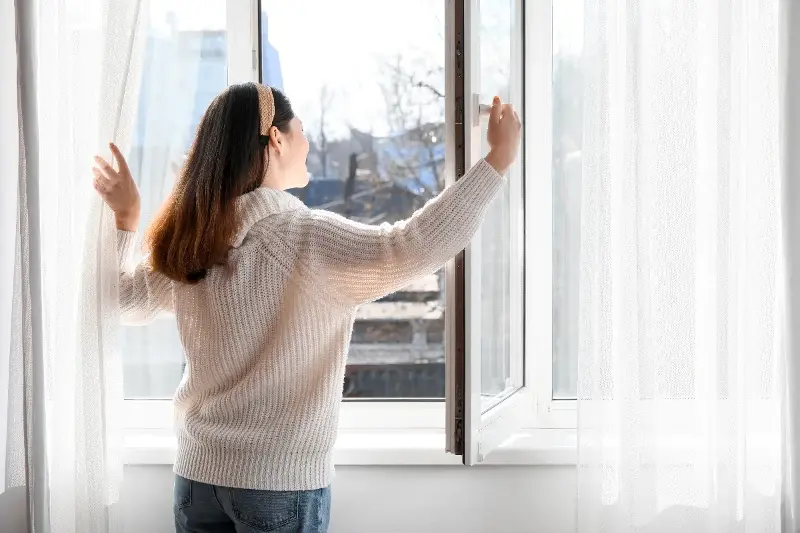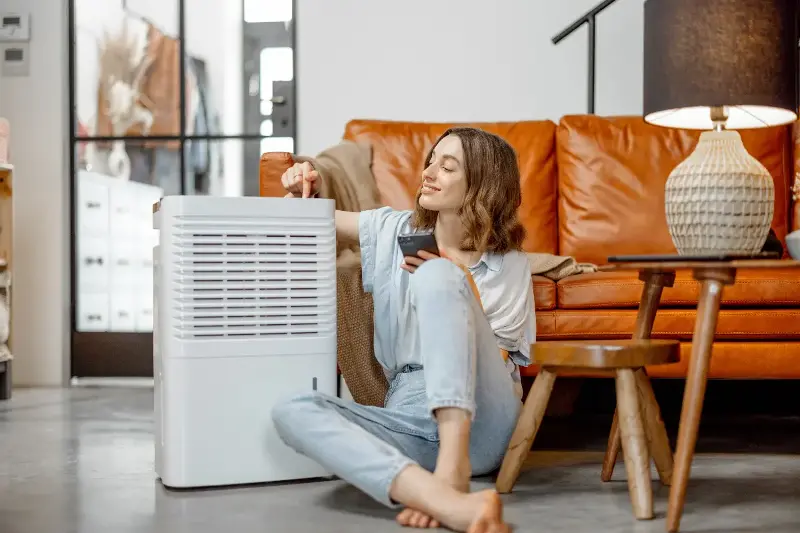If you’ve ever found yourself uncomfortably sticky at home, you’re certainly not alone. Modern homes are fantastic at keeping heat in during the winter, but this can backfire when temperatures climb or humidity spikes. Combined with energy-saving insulation, a lack of airflow and growing reliance on tech gadgets, it’s easy to see why unwanted heat builds up indoors.

The Science of Cool: Understanding Thermal Comfort
Staying cool isn’t just about blasting the air conditioning. Thermal comfort depends on temperature, humidity, air movement, and even your home's material choices. Experts say that a combination of “passive” and “active” cooling yields the best results. Passive cooling relies on clever design, ventilation, and shade—while active cooling takes advantage of fans, air conditioners, and dehumidifiers.
Sun Sabotage: Outsmarting Solar Gain
Did you know up to 76% of sunlight that hits standard windows turns into heat indoors? That’s why savvy homeowners use these tricks to stop the sweat before it starts:
- Install blackout or reflective curtains to block intense rays during peak hours, especially on south-facing windows.
- Apply window films or shades that reflect UV light and reduce heat gain.
- Plant strategic greenery outside windows—trees, shrubs, and climbing plants provide natural shade and can cool nearby air by several degrees.
- Use awnings or exterior shutters where possible for a low-tech but high-impact solution.

Breathe Easy: Maximising Airflow
Stale, stagnant air makes any room feel warmer. Here’s how airflow aficionados keep things breezy:
- Cross-ventilation magic: Open windows or vents on opposite sides of a room to create a wind-tunnel effect.
- Strategic fan placement: Position fans near windows at night to draw in cool air, and reverse direction during the day to push heat out.
- Ceiling fans: Make sure they’re set to spin anticlockwise in summer, pushing cooler air down and dispersing heat.
Smart Home Hacks for a Cooler Nest
No matter your living space, these simple swaps can help maintain a more comfortable temperature:
- Opt for breathable fabrics like cotton or linen for curtains, furniture covers, and bedding.
- Ditch incandescent bulbs—LEDs release far less heat (and save on electricity).
- Avoid heat-generating chores during the day—run washing machines, ovens, and dishwashers after sunset.
- Switch electronics off when not in use, as chargers and screens sneakily add warmth.

Stay Dry, Stay Cool: Tackling Humidity
Excess moisture in the air traps heat—and causes that unmistakable muggy feeling. To wrestle humidity under control:
- Use a dehumidifier in steamy spaces.
- Keep bathroom and kitchen fans running during showers or cooking.
- Place moisture-absorbing crystals in wardrobes and cupboards.
- Fix any leaky taps or pipes—even small drips feed household humidity.
Year-Round Habits to Master
True comfort comes from sustainable routines. Homeowners who sweat less swear by:
- Seasonal checks of weather strips and insulation to keep the envelope tight when needed—and ventilated when it counts.
- Deep cleaning air filters regularly for both fans and HVAC units: Cleaner systems mean cooler air.
- Adapting furniture placement—keep sofas and beds away from direct sunlight to prevent heat build-up.
The key? Embrace a blend of science, ingenuity, and daily habits. Imagine stepping into every room and feeling an effortless sense of calmness—a shelter from the relentless world outside.
Cooling your living spaces isn’t just about gadgets or quick fixes. It’s a journey of observing what your home needs and responding with creativity and intention. What subtle tweaks could you try in your own space? The perfect balance between comfort and efficiency might be closer than you think.
